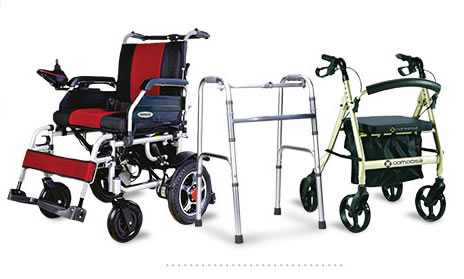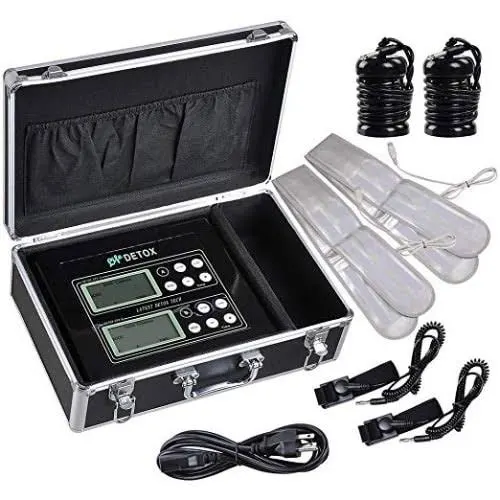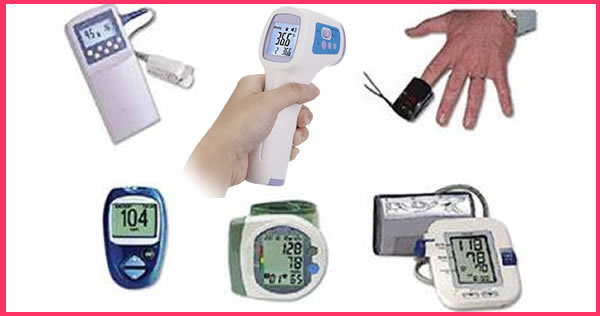
5 POPULAR HEALTH MONITORING DEVICES YOU SHOULD HAVE AT HOME
July 18, 2021
SHOWER CHAIR: Types, Uses, Prices in Nigeria
July 21, 2021Mobility Products Available in Nigeria

As time goes by, we get older, and so do our parents and grandparents. For our elderly loved ones, mobility issues that affect their day-to-day life only become more common as they get on in years. It is not only elderly people that sometimes have mobility challenges, there are other factors that can create the necessity to use an aid to enhance your mobility. Some of those conditions include
- Osteoarthritis
- Joint pain
- Rheumatoid arthritis
- Muscle weakness or pain
- Chronic fatigue syndrome
- Balance issues
- Mobility issues
- Children who have mobility issues
- Obesity
Mobility equipment aids are assistive devices suitable for senior adults, injured people or people with decreased mobility due to other health issues, that help them carry on their daily routine without being dependent on caretakers. Seniority has curated a wide range of mobility aids specially designed to suit your requirements. These include wheelchairs, walkers & rollators, walking sticks and crutches. Your nurse could use a slide sheet to help you turn in bed or transfer aid to help you move from bed, to chair, to toilet
BENEFITS OF USING MOBILITY AIDS
- Can prevent falls and related injuries
- Increase in confidence and independence level
- Enhance user safety
- Can aid in quicker recovery in case of injuries or post-surgery
- Stability in movement and balance
- Suitable for short-term injuries as well as permanent disabilities
Types of Mobility Aids for the Elderly
1. Walking Canes
Walking canes and walking sticks offer the least amount of support out of the six and are designed to assist with balance or to decrease weight from an affected leg. These are suitable for individuals who only need a bit of support.
2. Quad Sticks
As opposed to the single point walking cane, a quad stick has a metal base on the bottom with four small rubber-capped feet extending from the base. They come in two types, narrow and broad-base, and are generally more stable compared to walking canes.
3. Walking Frames
Walking frames have a lightweight metal body with four rubber-capped legs. They offer support for those who are less steady on their feet and require more support on both sides. Walking frames transfer about 64% of the user’s weight through their arms, making them more stable and comfortable compared to crutches and walking canes.
4. Rollators
A rollator typically has four wheels and can also double up as a seat when the person using it needs a rest. The wheels also mean that it works better on uneven terrain outdoors, compared to a walker that may get stuck. Several rollators come with an attached bag, which can be pretty handy.
5. Standard Wheelchairs
Walking aids that provide support to the lower body and enable one to move around independently plays a crucial role in preserving mobility. However, there may come a point in time when walkers or rollators just aren’t enough.
6. Mobility Scooters and Electric Wheelchairs
For those who are not able to use standing mobility aids or a manual wheelchair, Personal Mobility Aids (PMAs) such as mobility scooters and electric wheelchairs are available.
Unlike electric scooters, mobility scooters do not have to fulfil the weight (max 20kg) and width (max 70cm) criteria. They are also not required to register and comply with UL2272 safety standards.



